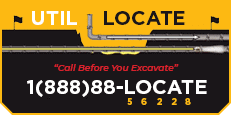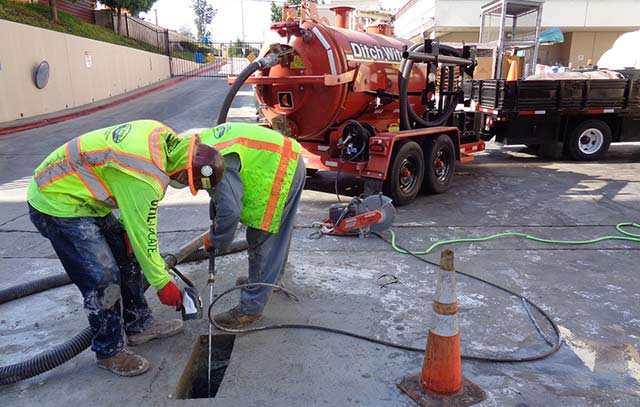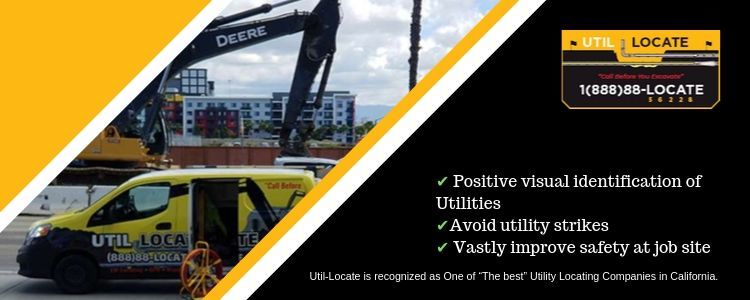Great care should always be taken when attempting to expose buried utilities. There are a number of dangers that can be hazardous to workers underground, with electrical cabling having the potential to kill. They can often look very similar to other piping, meaning workers can unknowingly make contact with the live cabling and sustain serious damage.
Instead, when potholing utilities, you should always plan ahead to ensure your own and other people’s safety.
Safety Tips
There are a variety of things that can happen when underground cabling gets damaged. People can receive an electric shock, which is deadly in most cases when they make contact with the cable. There can also be an arc discharge, caused by the electrical breakdown of gases which results in a prolonged electrical discharge. This discharge can result in severe burns even though people may be wearing protective clothing.
In order to avoid this damage, you should first plan ahead before starting any work. You should make an effort to check for any equipment owned by third-party organizations, as this will give you clues as to who may own the cabling beneath the ground you are working on. It would then be a good idea to contact the owner to get detailed plans showing the location of the cabling beneath the ground. This will uncover vital information that can help to avoid damaging existing infrastructures, which can incur a significant cost in monetary terms, as well as time delays.
Even after obtaining detailed plans, it is also good practice to employ cable-locating devices. Plans will give you an approximate location for cabling, but locators will help to pinpoint cables. Once this is done, you can then begin digging into the ground to expose your buried utilities.
Excavating Safely
When excavating, you should be mindful of the cabling beneath you.
It is vital that you use insulated hand tools when digging near electrical cabling, in order to mitigate the chance of electric shock. If you are using a vacuum excavator, you won’t have to worry about this risk.
Any vacuum excavation contractors performing Hydrovac excavation should be mindful of their machinery’s location. There have been times where people have accidentally moved the boom into overhead powerlines, causing electric shocks. This highlights the importance of spatial awareness when operating this machinery. It is incredibly important that workers do not become complacent and always remain aware of the imminent danger surrounding them.
It is recommended that when operating machinery in close proximity to overhead powerlines, you keep a minimum of 3 meters away from the live cable, with an optimal distance of 7 meters to ensure safety.
One of the biggest benefits of utility potholing and vacuum excavation over hand digging is the reduced chance of damaging the line. Excavators have the ability to significantly reduce the pressure at which they dig, meaning you can uncover existing cabling without causing any damage. There is one safe method of digging where you dig down next to the location of the cabling and then horizontally move closer to expose the cable. This can be much safer than digging straight down, where you could potentially hit the cable with the dig wand. See more underground location services.
Summary
In summary, there are many ways that you can ensure safety when attempting to expose buried utilities.
It is always best to find out who owns the cabling in the area you plan to dig. They will have existing documentation detailing the approximate locations of cables in the area. You can then pinpoint the locations with locator devices and dig safely. Everyone should remain mindful of the dangers electricity poses to human life, checking that machinery is sufficiently far away from live power lines too.
If you want to find out more about exposing buried utilities and excavation, you can visit Util-locate.com.


